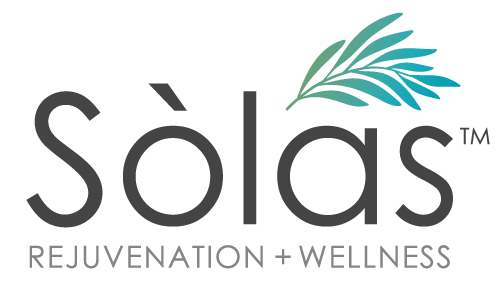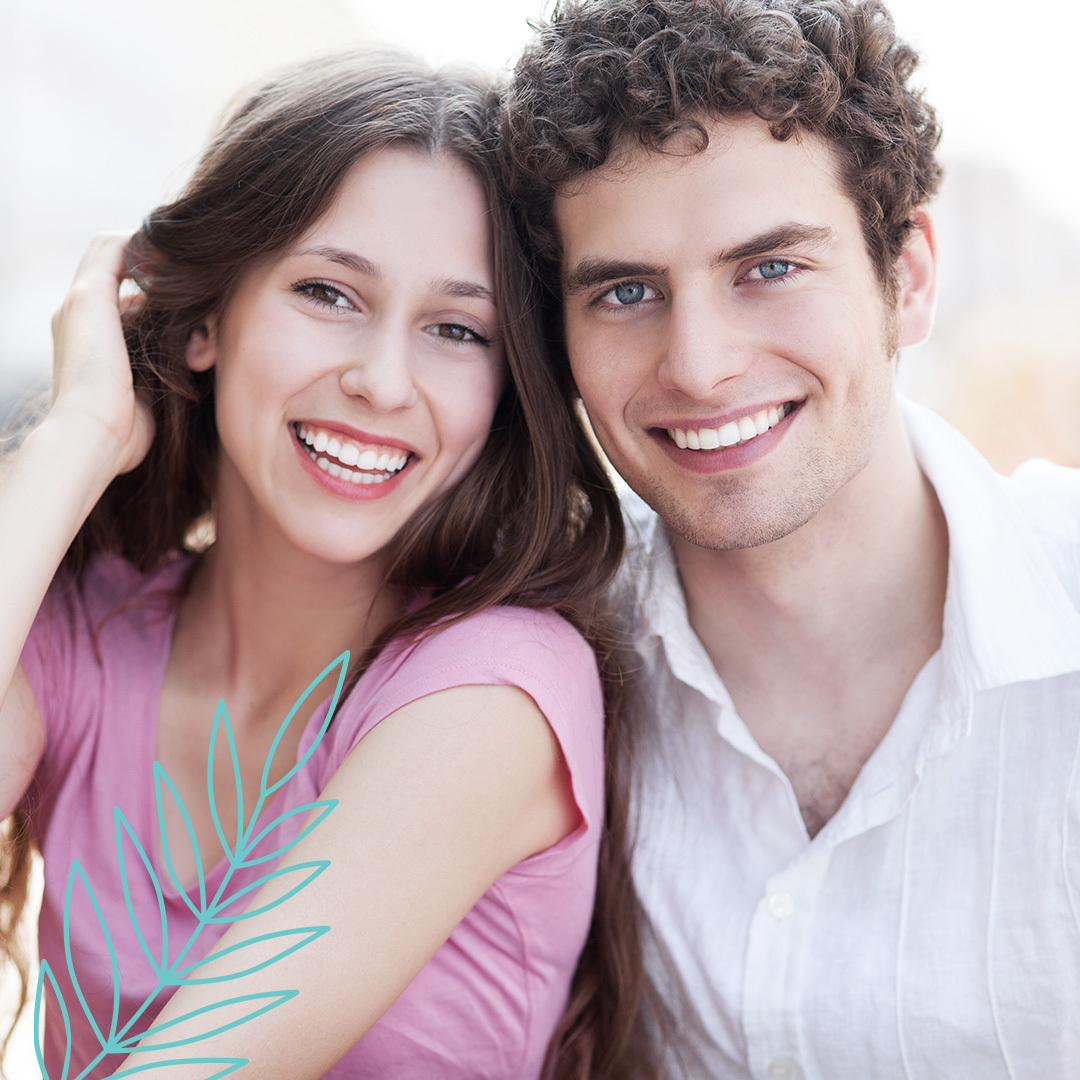
Acne Treatments
If you’re still struggling with acne breakouts and are interested in acne reduction, you’re not alone. Acne is among the most common skin conditions in the world, and it affects up to 50 million people each year – in the United States alone. Research shows that up to 55% of adults aged 20 to 40 suffer from low-grade acne and oily skin. Regardless of how common it is, acne is still a struggle to live with. The good news is you don’t have to anymore.
Acne can take many different forms. For example, it can cause blackheads and whiteheads, which are essentially clogged pores filled with sebum, or oil and cellular debris. Whiteheads are clogged pores that haven’t pushed all the way to the skin’s surface while blackheads have (this causes their dark color). Acne can also take the form of papules and pustules. Papules are tiny pimples that measure less than 0.5 centimeters across and are sometimes called “pinheads.” Pustules are another type of pimple – they are larger than papules and contain pus. Other painful forms of acne such as nodules and cysts can also form. Nodules are larger papules that form deeper into the skin, whereas cysts, which resemble boils, are closed pockets of tissue that contain pus.
With the right treatment for acne reduction, however, you can effectively target both the cause and visible symptoms of acne-related skin conditions like the conditions mentioned above.
Advanced tools and specialized devices using intense pulsed light, or IPL, can be used for acne reduction.
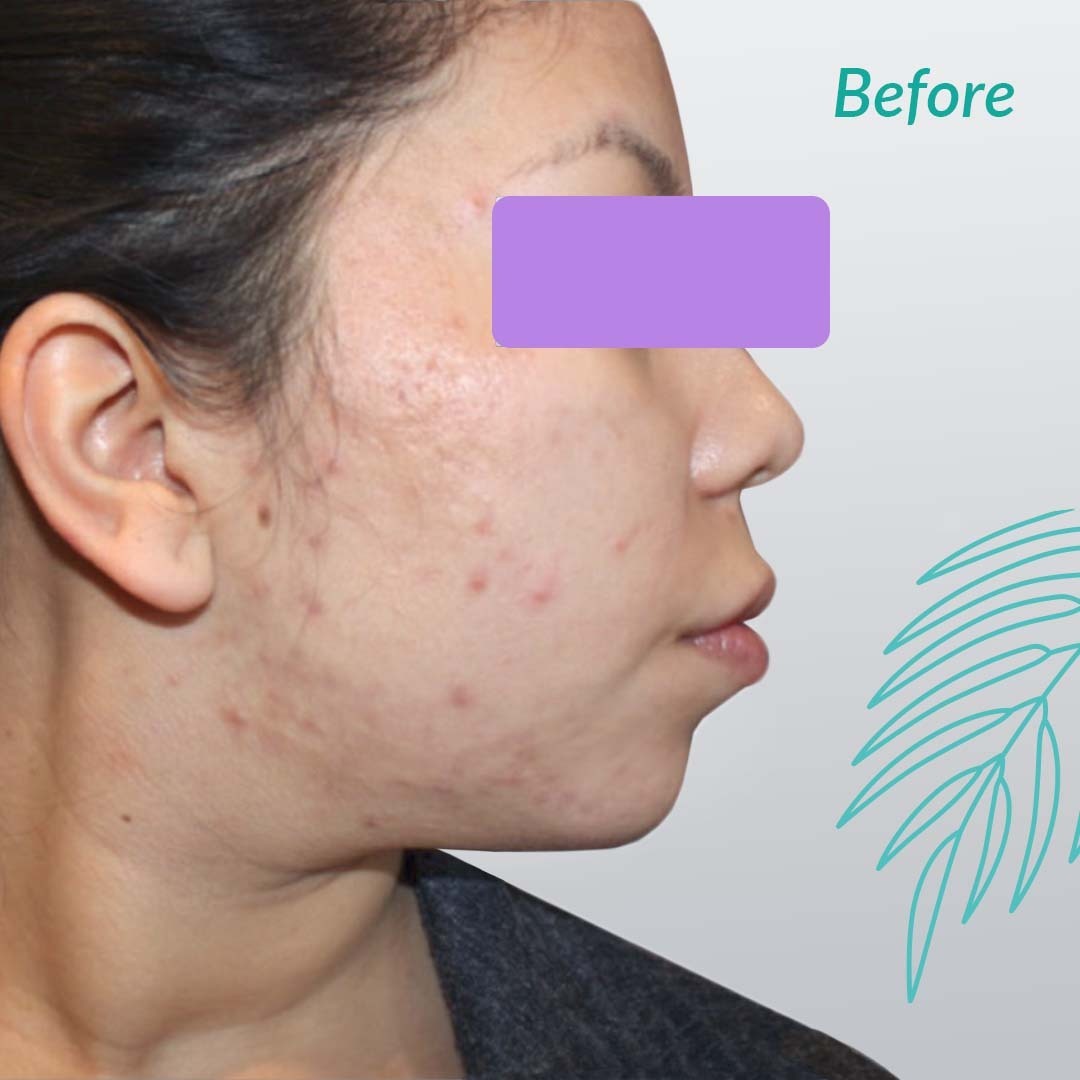

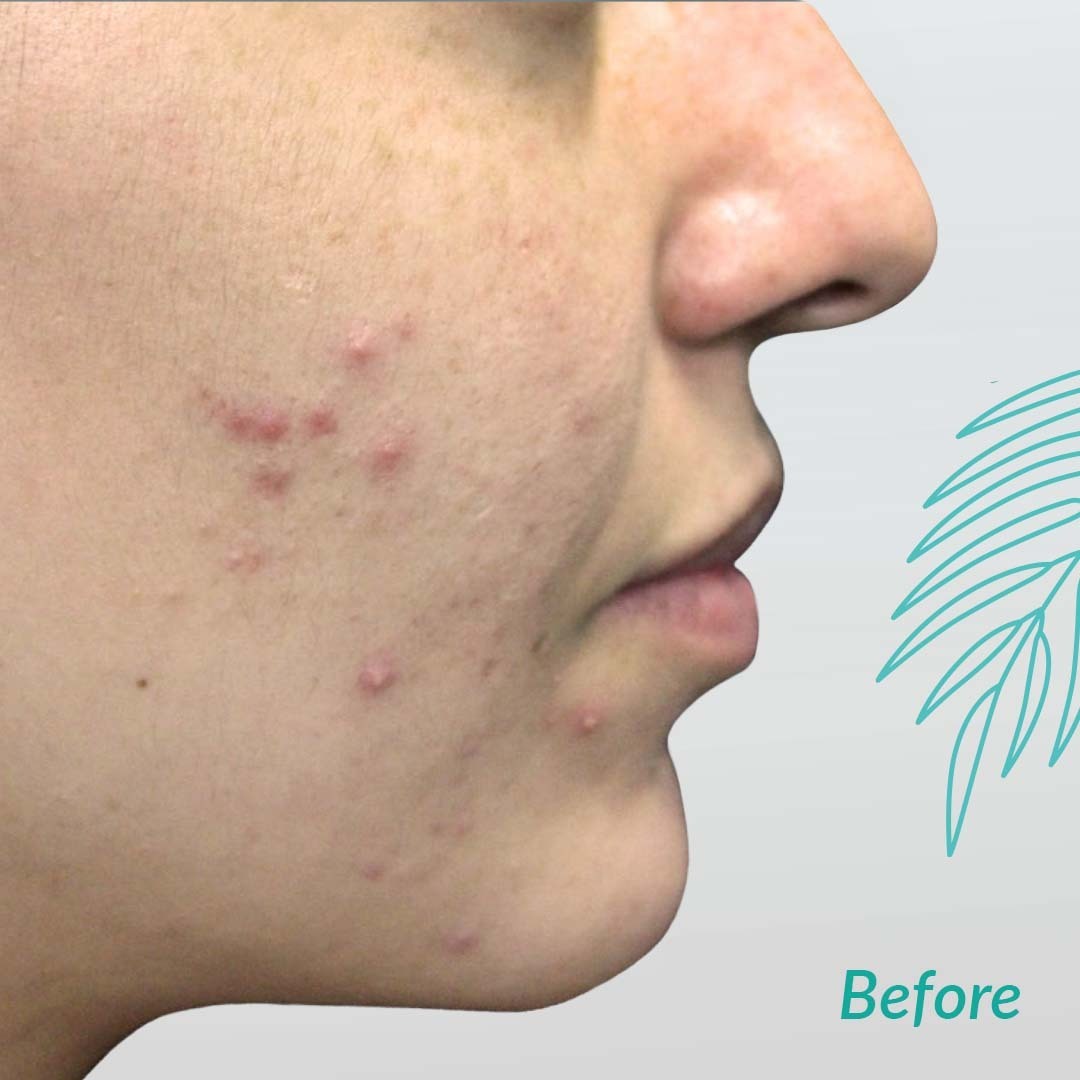
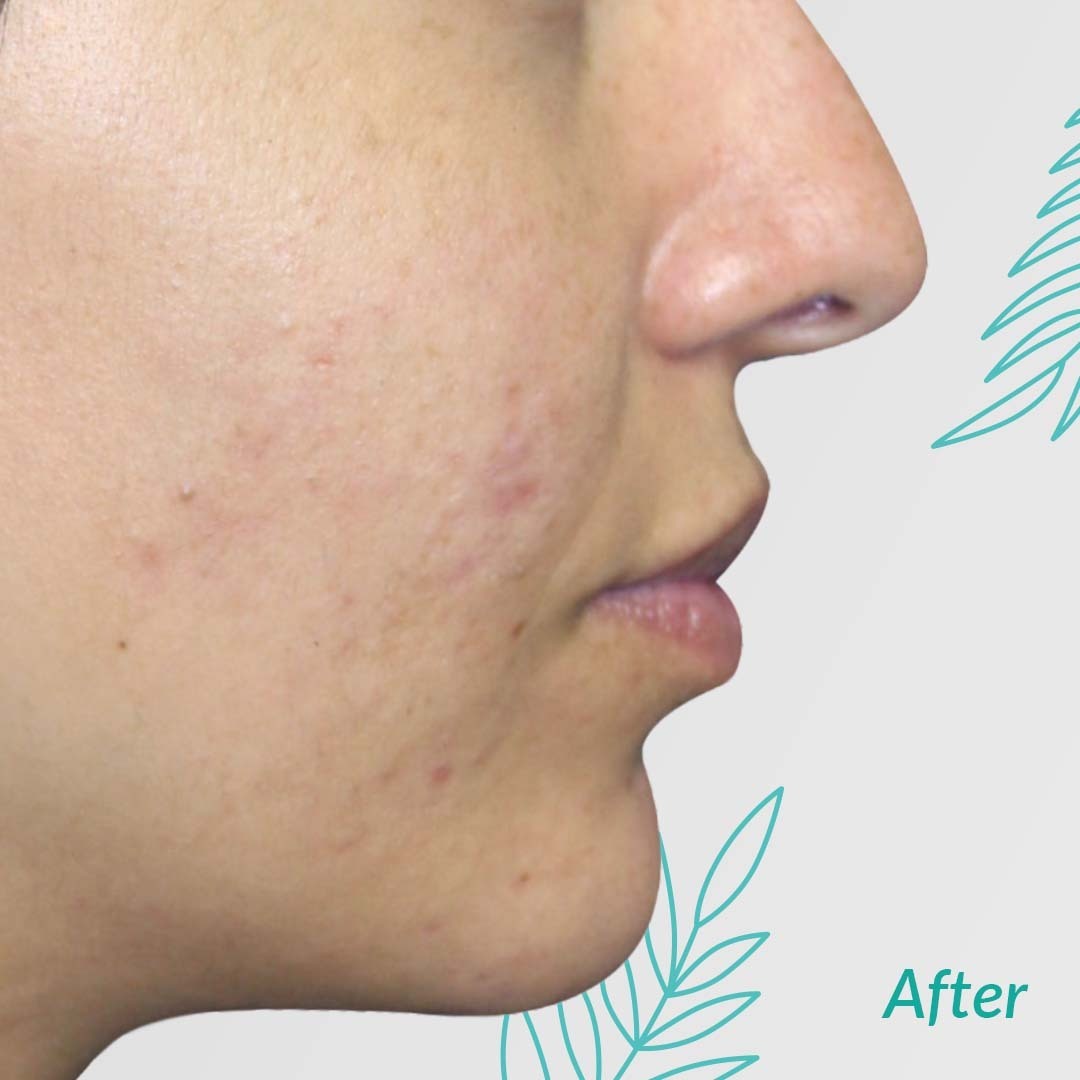
Solas Acne Treatments use dual lights to heal existing acne-related inflammation, while also destroying acne-causing bacteria, ultimately minimizing future breakouts.
Sometimes referred to as IPL photofacial for acne, IPL for acne produces noticeably smoother, healthier-looking skin that you’ll be happy to show off. Learn more about IPL for facial acne with our FAQs below.
Everything you need to know about Sòlas Rejuvenation + Wellness Acne Reduction Treatments:
The Right Treatment for Acne Reduction
Effectively target the cause and visible symptoms of acne-related skin conditions with Sòlas Rejuvenation + Wellness advanced treatment.
Still have questions?
Call us today for a FREE consultation: 858.524.1189
Request an Appointment
Before the Treatment
Am I a good candidate for this treatment? Will this treatment work for me?
The best candidate is someone who has acne and/or acne-related inflammation on the face or body and is seeking a treatment similar to acne light therapy.
For safety reasons, you may not be able to get this treatment if you have/are:
- Metal or other implants in the treatment area
- Current or history of cancer
- Pregnant or nursing
- Any diseases that can be stimulated by light (e.g. epilepsy)
- History of disease that can be stimulated by heat (e.g. herpes)
- Poorly controlled endocrine disorders (e.g. diabetes or polycystic ovary syndrome)
- Any active condition in the treatment area (e.g. eczema, psoriasis, rash)
- History of skin disorders, keloids, unusual wound healing, or excessively dry and/or sensitive skin
- Any surgical procedures within the past 3 months
- A tattoo or permanent makeup in the treatment area
- Excessively tanned skin
I have darker skin – can I still get this treatment done?
These acne treatments work best for light to medium skin tones. The treatment may work on darker skin, but there is a higher risk of discoloration because darker skin has more pigment in it. It’s best to consult with your treatment provider to see if the treatment is right for you.
Can I do it during my lunch break?
Absolutely. Exact treatment times may vary depending on the patient, but a single session typically takes 15-20 minutes.
How many sessions will I need to see results?
Most patients receive a total of 8-10 treatments.
How often/far apart should the treatments be?
Treatments are usually done twice a week for a month. Make sure the treatments are scheduled 3-4 days apart.
Do I need to do anything to prepare for the treatment?
Make sure your skin is clean. Do not apply any lotions, creams, or makeup before your session, and stop using any products that might irritate your skin 2-3 days before. You should also avoid tanning. You may be advised to shave the area before your treatment. Remove all jewelry around the area being treated.
During the Treatment
How long does a treatment session last?
One session usually lasts 15-20 minutes, depending on the area being treated.
What does the treatment feel like?
The IPL treatment feels like a light snap or flick on the surface of the skin.
Will it be painful?
The applicator has a cooling feature built into it to make the treatment as comfortable as possible, but you might feel a bit of discomfort if you’re treating a more sensitive area, like the upper lip. If you find it too uncomfortable, let the operator know and they can adjust the treatment accordingly.
After the Treatment
How will I feel after my treatment?
Your skin can feel warm, like a sunburn, with some redness, but other than that, you really shouldn’t feel any different if you follow instructions for before and after your treatment.
How long will the results last and are they permanent?
It depends on the severity of your skin and how well you take care of your skin after your treatment. We recommend a touch-up session twice a month, then monthly. Once the acne starts clearing up, you can then increase the time between maintenance treatments depending on how your skin responds to the treatment.
Is there any downtime?
There is no downtime. You can return to your daily schedule immediately after your treatment.
Do I need to do anything after my treatment?
Avoid tanning for at least 2 weeks before and 2 weeks after your treatment, and wear sunscreen (at least SPF 30). You should also avoid hot baths, massages, or any treatment that requires direct contact with the skin for the first 2 days after your treatment. If you notice any blisters or scabbing, treat it with a prescribed antibiotic cream—always consult with your treatment provider first. You can go back to gentle washing and using gentle, non-irritating products immediately afterward.
If I got a treatment on my face, can I put makeup up on right after?
Yes, you can apply makeup immediately after your treatment, but make sure you put on sunscreen first.
